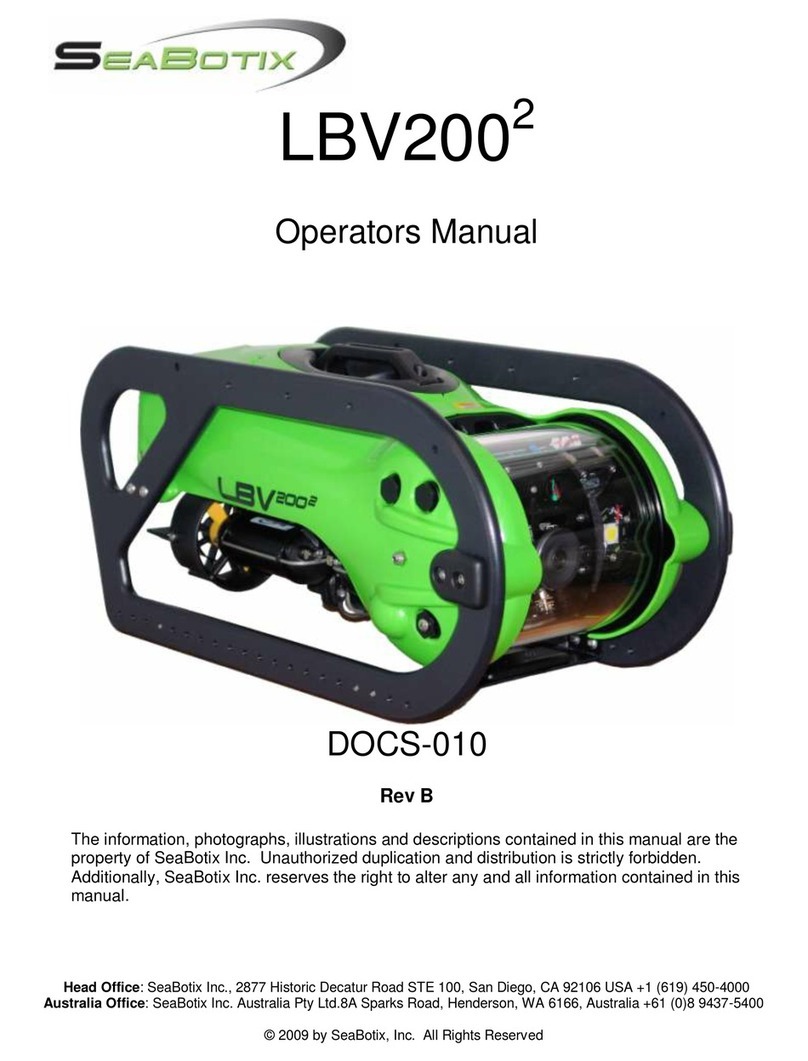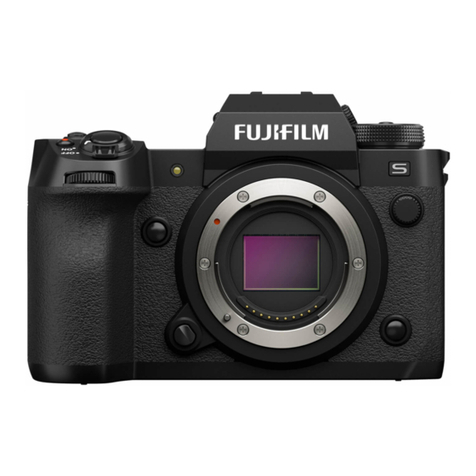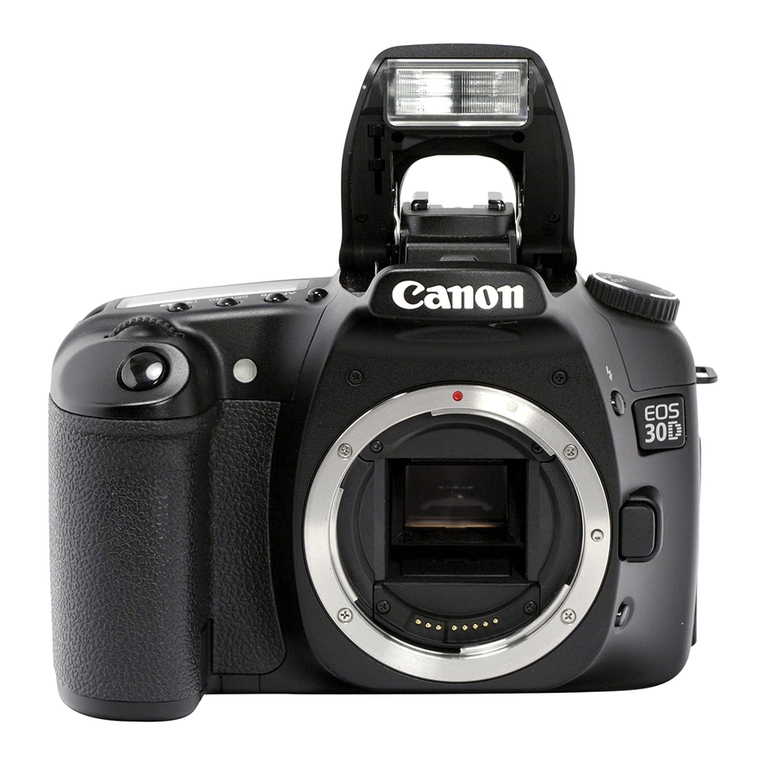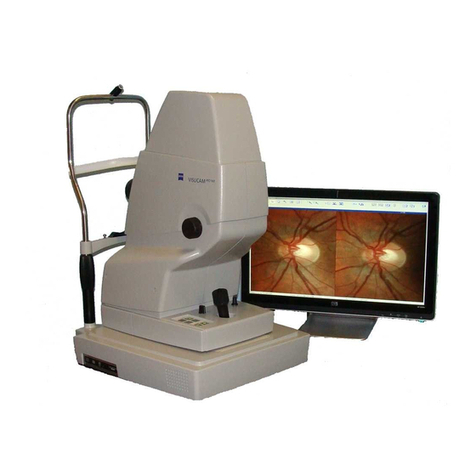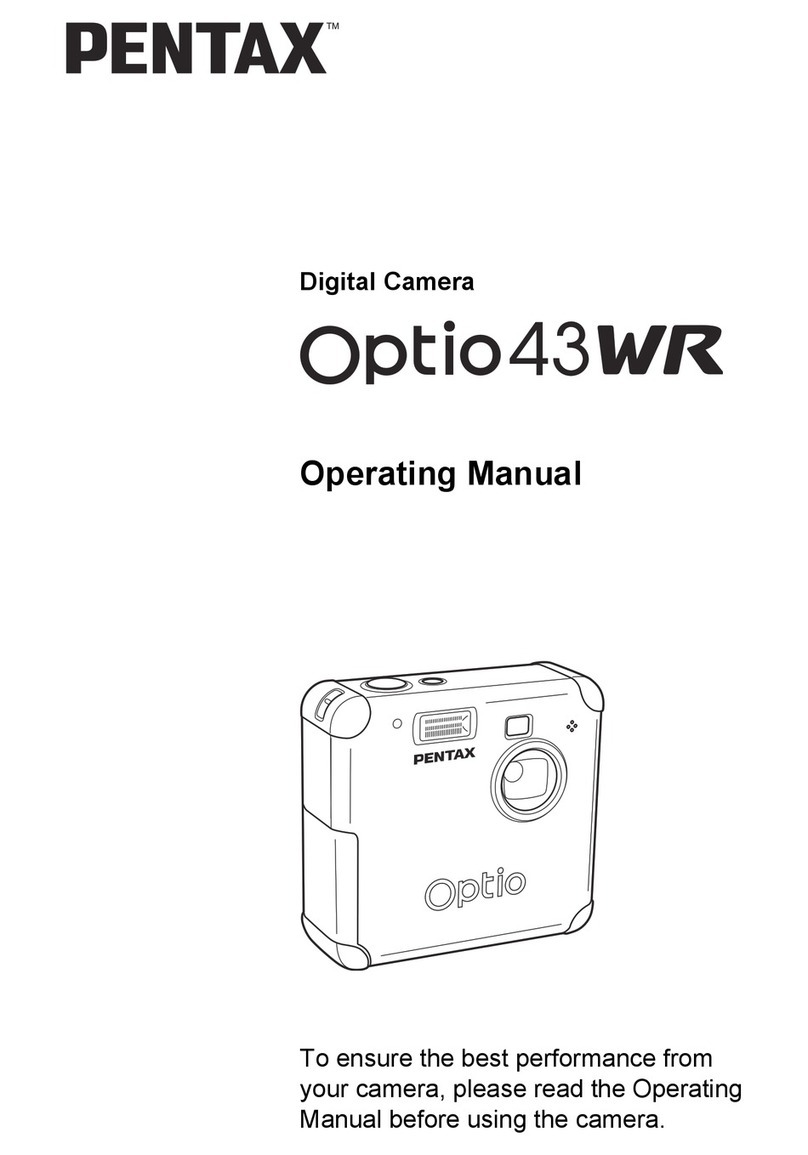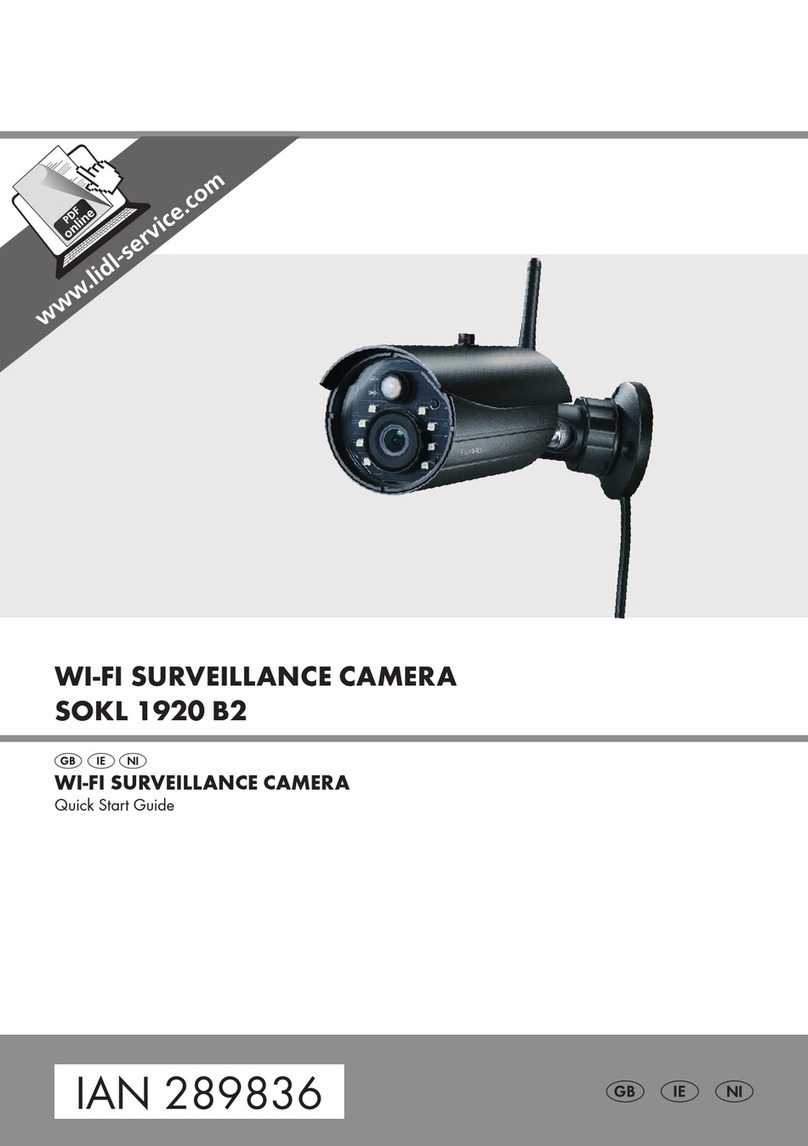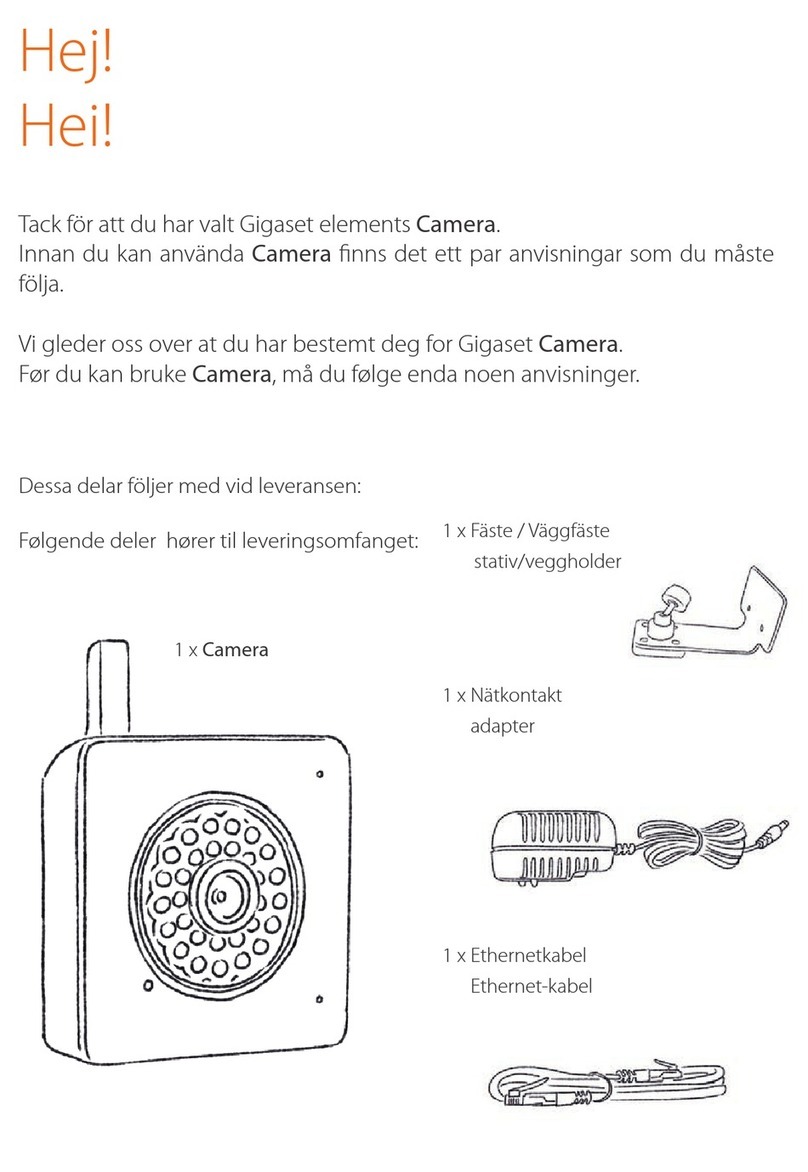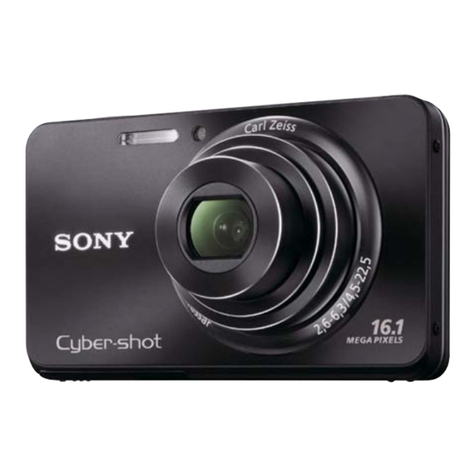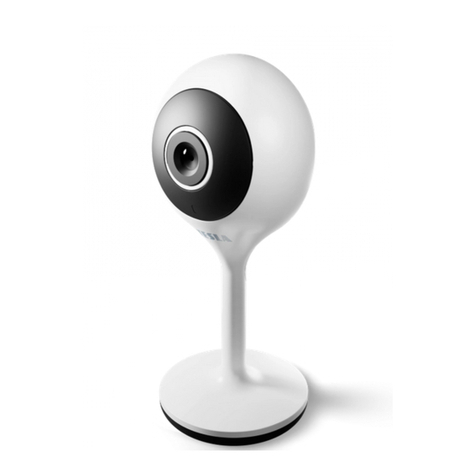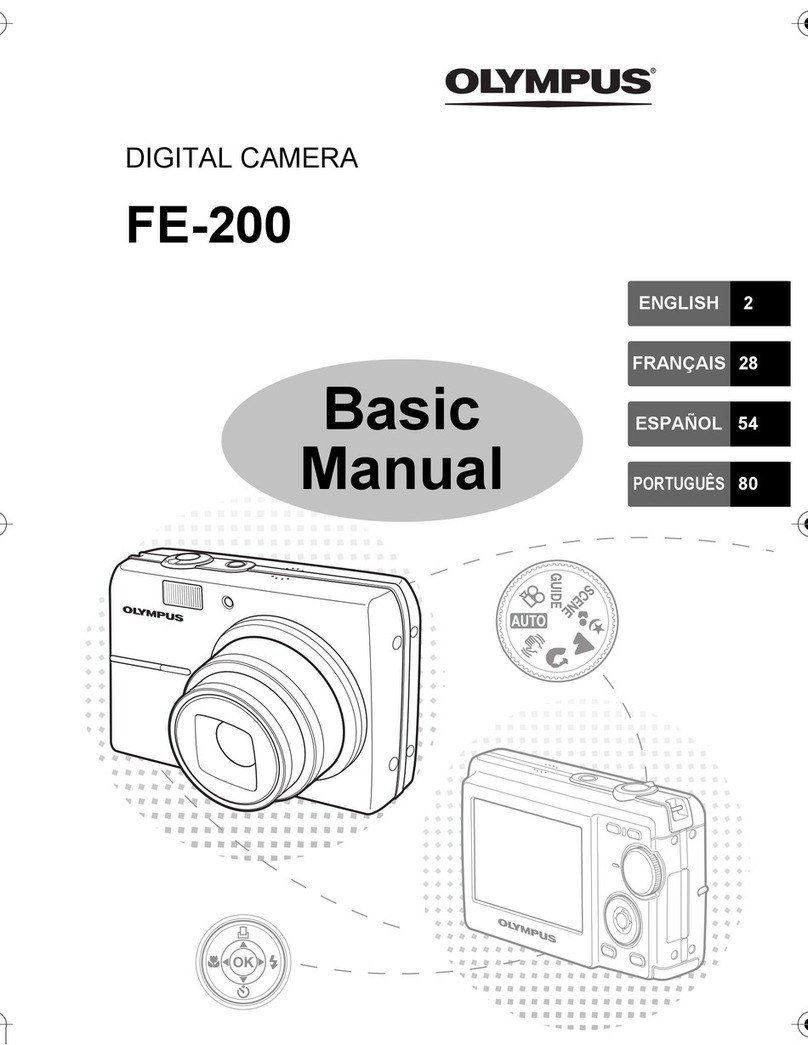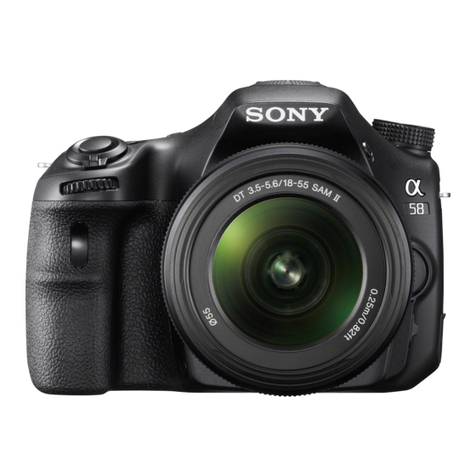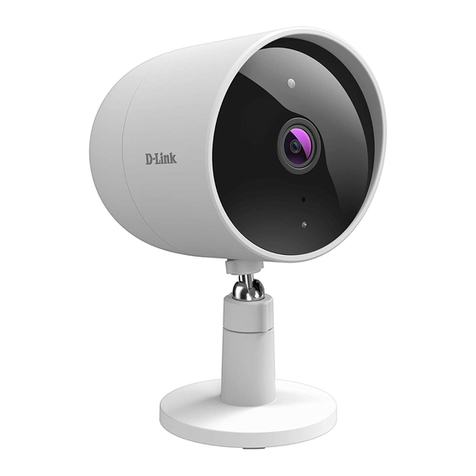SeaBotix DOCS-004 User manual

Head Office: SeaBotix Inc., 2877 Historic Decatur Road STE 100, San Diego, CA 92106 USA +1 (619) 450-4000
Australia Office: SeaBotix Inc. Australia Pty Ltd.8A Sparks Road, Henderson, WA 6166, Australia +61 (0)8 9437-5400
© 2009 by SeaBotix, Inc. All Rights Reserved
ADDENDUM
USER MANUAL
LBV300S-6, LBV300XL
&
LBV600XL
DOCS-004
Rev C
The information, photographs, illustrations and descriptions contained in this manual are the
property of SeaBotix Inc. Unauthorized duplication and distribution is strictly forbidden.
Additionally, SeaBotix Inc. reserves the right to alter any and all information contained in this
manual.

DOCS-004 Manual, LBV300S-6 Rev C - 18 Mar 09
Contents
Section 1: The LBV ...................................................................................................................1
Section 2: Bumper Frame and Float Removal ..........................................................................3
Section 3: Care and Troubleshooting of the Fiber Optic Cable.................................................4
3.1 Data Communications error, and or loss of video...............................................5
3.2 No Link...............................................................................................................7
Section 4: URS350 or URS750 REEL.......................................................................................8

DOCS-004 Manual, LBV300S-6 Rev C - 18 Mar 09 Page 1 of 8
The LBV300-6 and LBV600-6 systems have a 1200W vehicle
power supply. SeaBotix Inc. developed the SPS3000 to
provide reliable power for operating the LBV, and for
overcoming tether power loss for tethers of up to 1km.
Please refer to the SeaBotix Inc.SPS3000 User Guide for
information, settings, usage and operational features.
Section 1: The LBV
The LBV should always be handled by the bumper frame only. Utilize
the cutouts as shown below to handle the LBV. Do not utilize the
thruster guards, the thrusters, or any other attached devices as they
are not designed to handle the weight of the LBV in the air.
ALWAYS LIFT THE LBV BY THE HANDLE HOLES
PROVIDED.
1.1 The LBV300XL and LBV600XL have been equipped with a 1200 watt
Vehicle Power Supply (VPS). This VPS is designed for water cooling.
NEVER OPERATE THE LBV OUT OF THE
WATER FOR MORE THAN 15 MINUTES AT A
TIME.
Failure to follow this direction may cause the VPS to fail.

DOCS-004 Manual, LBV300-6 and LBV600-6 Rev C – 12APR10 Page 2 of 8
1.2 The basic construction of the LBV300-6 and the LBV600-6 is the same as
that of the LBV150. The communications and video transfer takes place via a
fiber optic line inside the tether.
1.3 To trim the weight on the LBV, use the lead strip mounting locations as
shown above. (blue arrows)
1.4 Always trim your LBV for the water in which you will be flying it. Proper
trim facilitates LBV control and extends thruster life.

DOCS-004 Manual, LBV300-6 and LBV600-6 Rev C – 12APR10 Page 3 of 8
Section 2: Bumper Frame and Float Removal
2.1 Remove any float mounted devices such as SONAR and tracking.
2.2 Place the LBV on its top.
2.3 Remove the (3) M5 button head screws holding the bumper frame to the
float and remove the M6 nut holding it to the camera chassis end cap.
2.4 The two external thrusters are attached on the inside of the LBV. Lay each
bumper frame to the side.
2.5 Use the service manual instructions for removing a body float to remove
the LBV float.
2.6 Remove the cables from the aux 1 and aux 2 connections on the
backplane. This procedure now frees the bumper frames from the LBV.
Assembly and disassembly instructions are identical to the instructions on the
SeaBotix Inc. web site for assembly and disassembly of the LBV150.
LBV600 series vehilces have a special power can that is not discussed in
this document.
Go to www.seabotix.com for more information if necessary
Bumper
Frame
Securing
Screws
and Nut
Float Mounted
Devices

DOCS-004 Manual, LBV300-6 and LBV600-6 Rev C – 12APR10 Page 4 of 8
Section 3: Care and Troubleshooting of the Fiber Optic Cable.
While SeaBotix Inc. has made every attempt to provide strength around
the fiber optic line, care MUST be taken to ensure a long lasting
dependable connection.
WHEN CONNECTING THE TETHER TO THE LBV, ATTACH THE SHACKLE
FIRST, THEN CONNECT THE FIBER OPTIC LINE, FOLLOWED BY THE
POWER CABLE.
WHEN DISCONNECTING THE TETHER FROM THE LBV, DISCONNECT
THE POWER CONNECTOR FIRST, FOLLOWED BY THE FIBER OPTIC
CONNECTOR, AND THEN THE SHACKLE. REPLACE ALL PROTECTIVE
COVERS AND CAPS.
3.0.1 Never place bends of less than 150mm (6”) dia. on the fiber optic lines or the
tether.
3.0.2 When operation of the LBV is complete, rinse both the fiber and power
connectors with fresh water.
3.0.3 Always dry the end of the fiber connector before installing the protective boot cap.
3.0.4 Always ensure that the fiber bulkhead connector on the LBV is dry prior to
connecting the tethers fiber connector.
3.0.5 Do not use sharp objects to clean out the fiber connector. It is ok to just blow the
water out with low pressure (less than 1 bar,) air. Canned computer dusting air is a
suitable source for the low pressure air.
3.0.6 Do not pull the LBV by the fiber optic line.
3.0.7 When placing the reel into the shipping case, make sure that the fiber line is
secure so it, and will not be damaged when the transit case lid is closed.
Fiber Optic Line
Power
Connector

DOCS-004 Manual, LBV300-6 and LBV600-6 Rev C – 12APR10 Page 5 of 8
3.0.8 When connected correctly, the fiber connector locking sleeve will be seated
almost flush to the bulkhead.
3.0.9 If the connector does not fully seat, visually inspect for the following problems:
1. The ID key is not aligned correctly
2. Water in the bulkhead connector
3. Foreign object or debris in the bulkhead.
3.1 Data Communications error, and or loss of video.
The image on the next page is the “Local” Fiber Optic Board, (PCA039) mounted in the
Pull Out Hub of the Universal Reel System. By component layout, it is identical to the
board mounted in the camera chassis of the LBV. The part number for the LBV board is
PCA038 for reference.
Connector Key
Correct Seating Incorrect Seating

DOCS-004 Manual, LBV300-6 and LBV600-6 Rev C – 12APR10 Page 6 of 8
1. Power LED – LED ON (GREEN) indicates that the board has 4.5 to 5.5 VDC supply voltage present.
2. Link Ready LED – When LED is on (GREEN) this indicates that there is a valid optical link
established. When off, this indicates that the optical link is lost, e.g. insufficient optical power, or bad frames.
3. Video LED – When LED is on (GREEN) this indicates that there is a valid video signal (sync signal
exist)
4. Channel 1 RS 485 RX IN (RED)
Solid RED indicates “HIGH” state – No Data
Transmission
LED OFF indicates “LOW” state but No Data
Transmission
Blinking RED indicates “NORMAL” state – Data
Transmitting
Channel 1 RS 485 TX OUT (GREEN)
Solid GREEN indicates “HIGH” state – No Data
Transmission
LED OFF indicates “LOW” state but No Data
Transmission
Blinking GREEN indicates “NORMAL” state – Data
Transmitting
5. Channel 2 RS 485 RX IN (RED)
Solid RED indicates “HIGH” state – No Data
Transmission
LED OFF indicates “LOW” state but No Data
Transmission
Blinking RED indicates “NORMAL” state – Data
Transmitting
Channel 2 RS 485 TX OUT (GREEN)
Solid GREEN indicates “HIGH” state – No Data
Transmission
LED OFF indicates “LOW” state but No Data
Transmission
Blinking GREEN indicates “NORMAL” state – Data
Transmitting
6. Channel 3 RS 232 RX IN (RED) LBV
Control.
Solid RED indicates “HIGH” state – No Data
Transmission. Check RS-232 GND Pin 1 connection.
LED OFF indicates “LOW” state – No Data
Transmission Check wire connections
Blinking RED indicates “NORMAL” state – Data
Transmitting
Channel 3 RS 232 TX OUT (GREEN) LBV Control.
Solid GREEN indicates “HIGH” state – No Data
Transmission
LED OFF indicates “LOW” state but No Data
Transmission
Blinking GREEN indicates “NORMAL” state – Data
Transmitting
7. Channel 4 RS 232 RX IN (RED) SONAR
Solid RED indicates “HIGH” state – No Data
Transmission
LED OFF indicates “LOW” state but No Data
Transmission
Blinking RED indicates “NORMAL” state – Data
Transmitting
Channel 4 RS 232 TX OUT (GREEN)
Solid GREEN indicates “HIGH” state – No Data
Transmission
LED OFF indicates “LOW” state but No Data
Transmission
Blinking GREEN indicates “NORMAL” state – Data
Transmitting
1
5
4
6 7
3
2Fiber Transceiver
Power
Connection

DOCS-004 Manual, LBV300-6 and LBV600-6 Rev C – 12APR10 Page 7 of 8
Please refer to your LBV configuration to determine which channels are
utilized on your LBV.
3.2 No Link
If you receive no link indications, the issue is possibly in the tether itself. To test,
disconnect the fiber from the LBV, remove the Pull Out Hub from the reel, and
disconnect the fiber optic cable. Use a high intensity white light, LED flashlight or
similar, to shine light from end to end.
NOTE: The fiber optic connector must be centered over the light source for this test to
work.
Light shining into the wet end (FC) connector
of the tether. Light shining,
Fiber OK No Light
Bad Fiber
If there is no light transmission, the fiber optic cable inside the tether is damaged. At
this point, you will need to get access to a fiber optic TDR (Time Delay Reflectometer)
to determine at what point in the tether the damage has occurred. SeaBotix Inc. does
offer a Fiber Optic Re-termination Kit to allow the user to complete this repair in the
your application.
A ST-ST fiber optic cable can be utilized to verify that the issue is in the tether itself. To
perform this verification, insert one end of the ST fiber cable into the FC connector on
the rear of the LBV and install the other end onto the connector on the MUX hub. Leave
the wet mateable connector and the silver ODU connector for POWER connected. Turn
the LBV on. If the LBV operates correctly at this point, the issue is a faulty fiber in the
tether itself.

DOCS-004 Manual, LBV300-6 and LBV600-6 Rev C – 12APR10 Page 8 of 8
Section 4: URS350 or URS750 REEL
4.1The URS reel is water resistant. However, DO NOT immerse it in water!
4.2To unlock the reel Handle, gently rotate the black thumb lever located in the center
of the handle and pull the handle straight back from the reel. Use this same
procedure to remove the handle from the handle holder.
4.3 Avoid lifting the reel by the chrome bars.
ALWAYS USE AT LEAST TWO PEOPLE TO LIFT THE REEL
ALWAYS SECURE THE REEL TO THE DECK OR THE DOCK.
UNDER HIGH LOAD CONDITIONS, MONITOR THE
TEMPERATURE OF THE TETHER ON THE REEL. IF IT
STARTS GETTING WARM, POUR COOL WATER OVER
THE TETHER EVERY FEW MINUTES.
If you have any questions or comments,
Please call Customer Service at (619) 450-4000 x 124.
Thumb lever
Reel
Handle
This manual suits for next models
3
Table of contents
Other SeaBotix Digital Camera manuals
